Locally-Led Adaptation: moving from principles to practice in the water sector
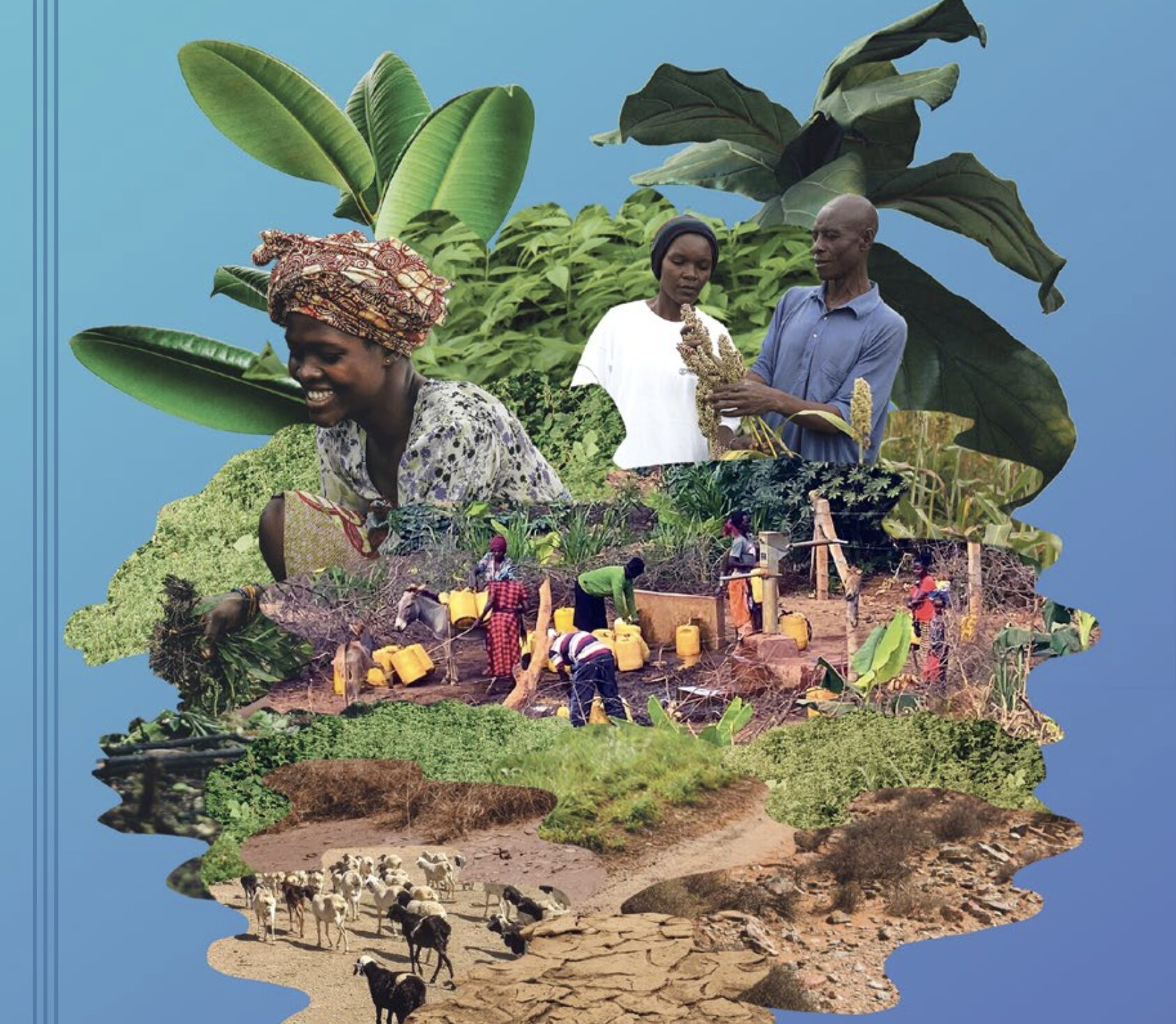
Introduction
Climate change adaptation is a major global challenge and key to securing livelihoods and economies in the Global South. The locally-led adaptation (LLA) principles aim to ensure that adaptation approaches are effective, equitable and transparent. The principles have been endorsed by more than 120 organisations around the world, including government agencies, donors, NGOs, grassroots organisations, international bodies and research organisations. However, knowledge about experiences with LLA on the ground and what it implies in practice is still limited – especially in relation to water management, which is critical for adaptation.
This report introduces an assessment framework to evaluate how water adaptation projects align with the LLA principles, supplemented with a principle on Nature-based Solutions. The framework is then applied to examine six water adaptation case studies in Kenya and Tanzania.
This weADAPT article is an abridged version of the original text, which can be downloaded from the right-hand column. Please access the original text for more detail, research purposes, full references, or to quote text.
The Locally-Led Water Adaptation Framework
The locally-led water adaptation assessment framework presented in the report provides key considerations for water adaptation, in line with the LLA principles. Drawing from a literature review of water adaptation and governance, along with the authors’ experience and knowledge, each LLA principle is operationalised within a water-focused context. The framework addresses a range of issues and themes related to governance, fund accessibility, accountability, transparency, climate change knowledge, and inclusivity. Recognising the significance of NbS for locally-led adaptation, especially in water contexts, a principle on NbS was added.
For each LLA principle, 2–4 criteria and a set of related questions were developed (a more detailed version is available in the annex).
1. Devolving decision-making to the lowest appropriate level
- Water adaptation interventions are prioritised by the lowest appropriate governance unit.
- Institutions emerge to fortify decision-making, design and implementation of water adaptation interventions.
- Initiatives are based on local community water needs and demands and are suited to the local context.
- Communities lead the design, planning, implementation and management of water adaptation interventions.
2. Addressing structural inequalities faced by women, youth, children, disabled and displaced people, Indigenous Peoples and marginalised ethnic groups
- Water adaptation interventions recognise and intentionally include the water needs and adaptation priorities of different social and user groups.
- Marginalised groups have voice and agency through local governance institutions, capacity-building and training, and they gain leadership roles.
- Water adaptation interventions target and provide benefits to youth, women, people with disabilities, and the poor. Benefits are visible to these groups in terms of health, production, income and education.
3. Providing patient and predictable funding that can be accessed more easily
- Funding for water adaptation interventions remains stable or increases and is kept up over timeframes long enough (7 years+) to build sustainable governance processes, capacity and institutions at the local level.
- Funding is easily and quickly accessible to local institutions through simplified and direct access modalities.
- Mechanisms are in place to ensure recurring water costs are financed through local/national governments, water service providers or other means and that participatory modalities are sustained.
4. Investing in local capabilities to leave an institutional legacy
- Water adaptation interventions support capacity-building (management, technical and financial) and the development of strong local governance and management institutions to lead interventions.
- Effective and sustainable maintenance systems and appropriate support systems are in place to maintain water adaptation interventions beyond the project lifetime and donor support.
5. Building a robust understanding of climate risk and uncertainty
- Multiple evidence approaches are used that incorporate local and indigenous knowledge, practitioner’s experience and scientific data, to understand climate risk and integrate it into the design of water adaptation investments.
- Climate risk & vulnerability assessment tools identify communities’ risk profiles, vulnerabilities and ecosystem trends.
- Water adaptation interventions are designed with a degree of climate resilience.
6. Flexible programming and learning
- Financing, planning and implementing water adaptation interventions allows for scheduled and ad hoc stocktaking where priorities can be updated and adjusted.
- Participatory monitoring & evaluation systems are present that allow for iterative learning, programme adjustment and adaptive management.
7. Ensuring transparency and accountability
- It is clear how much adaptation finance is available and how it is being distributed across activities.
- Systems for prioritisation, implementation, management and governance of water adaptation interventions are transparent.
- There are measures in place for communities to engage in evaluation and learning, citizen feedback, and social audits, enabling downward accountability.
8. Collaborative action and investment
- There is coordination of different actors involved in financing and implementing water adaptation interventions to strengthen the delivery of and avoid duplication of interventions.
- There is coordination across government sectors (e.g. water, agriculture and rangelands) to provide holistic and comprehensive planning of water adaptation interventions for multiple users and uses.
9. Apply nature-based solutions (authors’ addition)
- Water adaptation interventions promote ecosystem-based solutions, including biodiversity and mitigation benefits.
- Participatory planning, risk assessments, and monitoring & evaluation include understanding and identification of opportunities and risks related to groundwater resources, wider ecosystems, biodiversity and emissions.
- There is understanding of how water adaptation interventions affect the water and other resource rights of different users and the mechanisms for avoiding this.
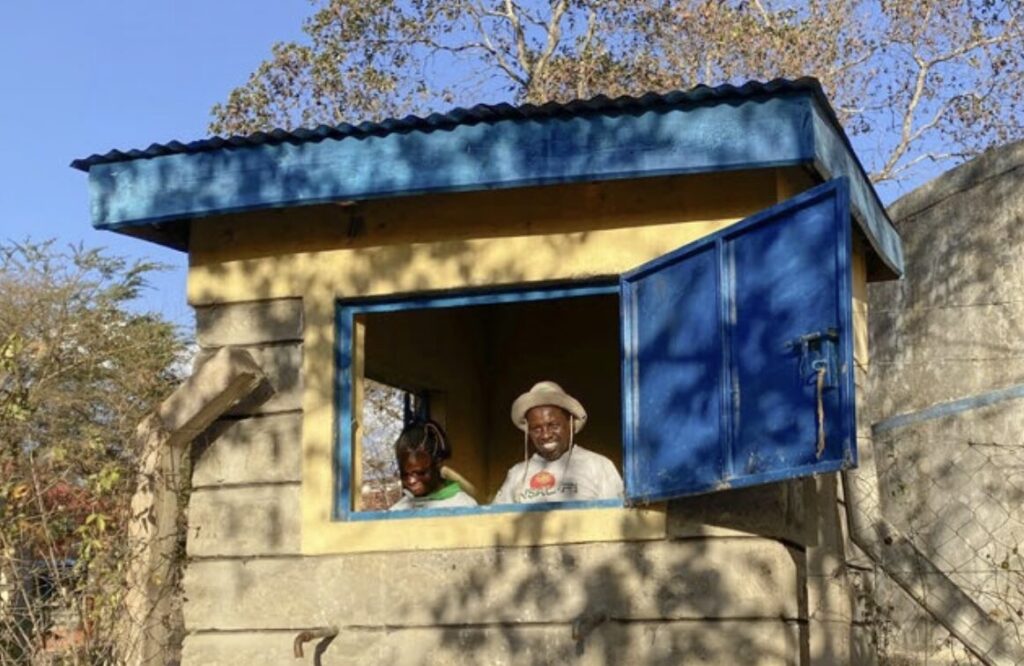
Case studies of water adaptation interventions
The report presents the six case studies to illustrate how locally-led water adaptation is occurring on the ground, reflecting a range of approaches and governance arrangements. The findings from each case study were evaluated using the locally-led water adaptation assessment framework. Each project is individually scored from 0 to 4 for each of the nine principles, accompanied by a brief explanation justifying the assigned score. A score of 0 indicates little to no alignment with a particular principle, while 4 indicates near-full alignment.
The case studies and their scoring are:
- One water project funded by the Water Sector Trust Fund (WSTF) in Kenya – a national water and sanitation financing institution.
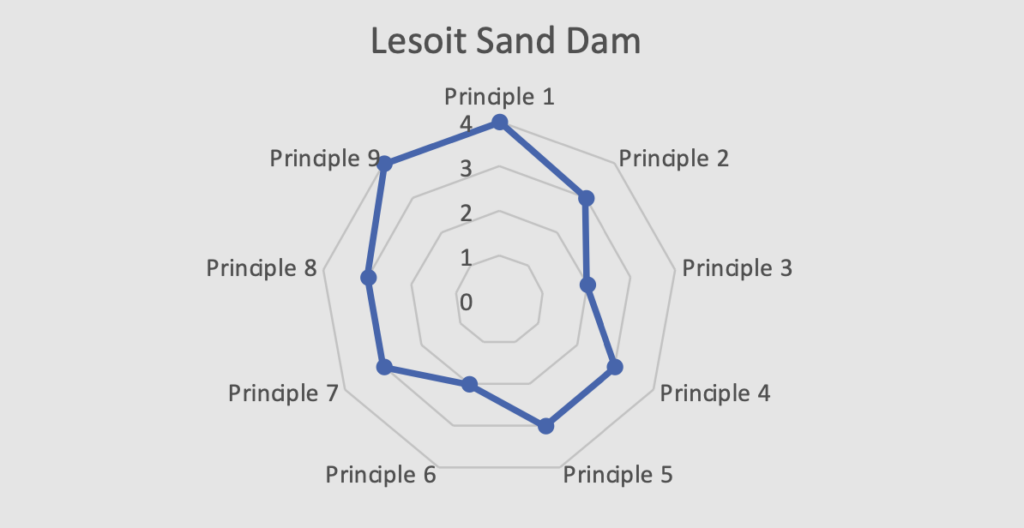
- Two water projects funded by the Local Climate Adaptive Living Facility (LoCAL) in Tanzania – an international, performance-based, grant facility.
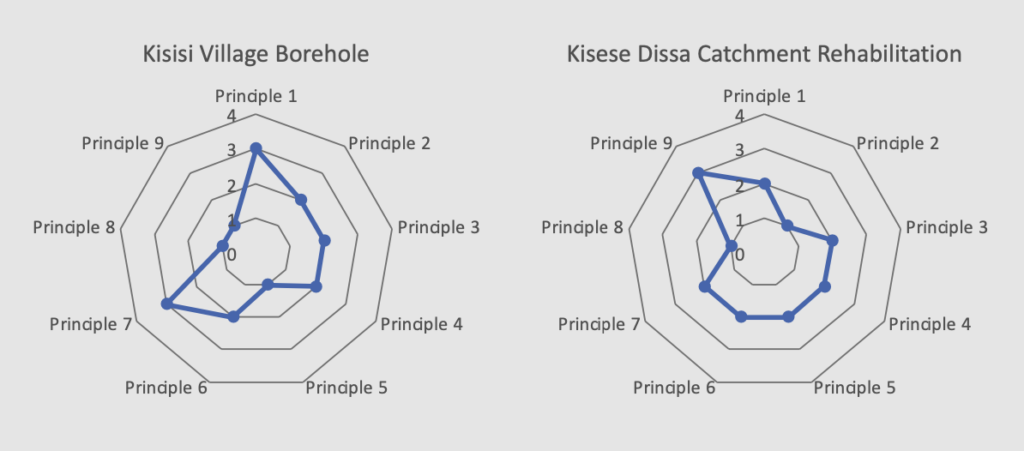
- Three water projects funded by the County Climate Change Fund (CCCF) in Kenya – a subnational devolved climate fund.

To find out more about each case study, including the findings and key learnings, please download the full report in the right-hand column.
Key learning
The case studies provide positive examples of locally-led water adaptation in practice that align well with the assessment framework. There were a number of positive outcomes from the six case studies, indicating that the approach has the potential to deliver on its promises. There were varying degrees of success in adhering to the nine principles, with some, like principle one (devolving decision- making) and principle nine (applying nature-based solutions) performing well. This shows how incorporating NbS into water-related adaptation presents a clear opportunity, particularly within the context of LLA.
How donors and government can support Locally-Led Water Adaptation
- Support the scaling up of the LLA principles in water adaptation. Adequate funding is needed to support the momentum and potential of locally-led water adaptation, facilitating expansion, especially in countries with less developed LLA frameworks that require piloting of the approach.
- Support mainstreaming of locally-led water adaptation into wider land use and development planning. Integrate locally-led water adaptation planning into broader spatial scales and relevant sectors, including rural and urban development, livestock and agriculture, land use and ecosystem management, to ensure it is incorporated into wider policy and planning.
- Address the predictability of funding. Secure sustained funding for locally-led water adaptation by developing long-term institutionalised financing strategies, such as increased devolved funding from national budgets, pooling donor funds, and leveraging international climate funds.
- Provide flexible budget allocations for adaptation financing. Support to locally- led water adaptation should encourage adaptive management and ensure quick and cross-sectoral disbursement when needed during emergencies.
- Strengthen the institutionalisation of LLA. Institutionalise locally-led water adaptation within local governance structures for lasting impact that extends beyond project timelines and prioritises the inclusion of marginalised groups.
- Build local technical capacities for sustainable water management. Ensure the long-term success of locally-led water adaptation by planning for sustainability, adopting diverse funding sources, and providing ongoing technical training for local actors.
- Facilitate a locally-driven approach to nature-based solutions (NbS). Promote NbS that are locally-led, inclusive, and consider the water use rights and the priorities of different water users.
- Enhance capacity and knowledge co-production in LLA. Establish mechanisms for collaborative knowledge production through multi-stakeholder processes, including through participatory vulnerability assessments, and monitoring and evaluation focused on local priorities and needs of marginalised groups in water adaptation.
Suggested citation
Bedelian, C., Mulwa, J., Sumari, B., Msunali Rogers, P., Ladekjær Gravesen, M., Funder, M. (2024) Locally-led adaptation: moving from principles to practice in the water sector. Danish Institute for International Studies Report.
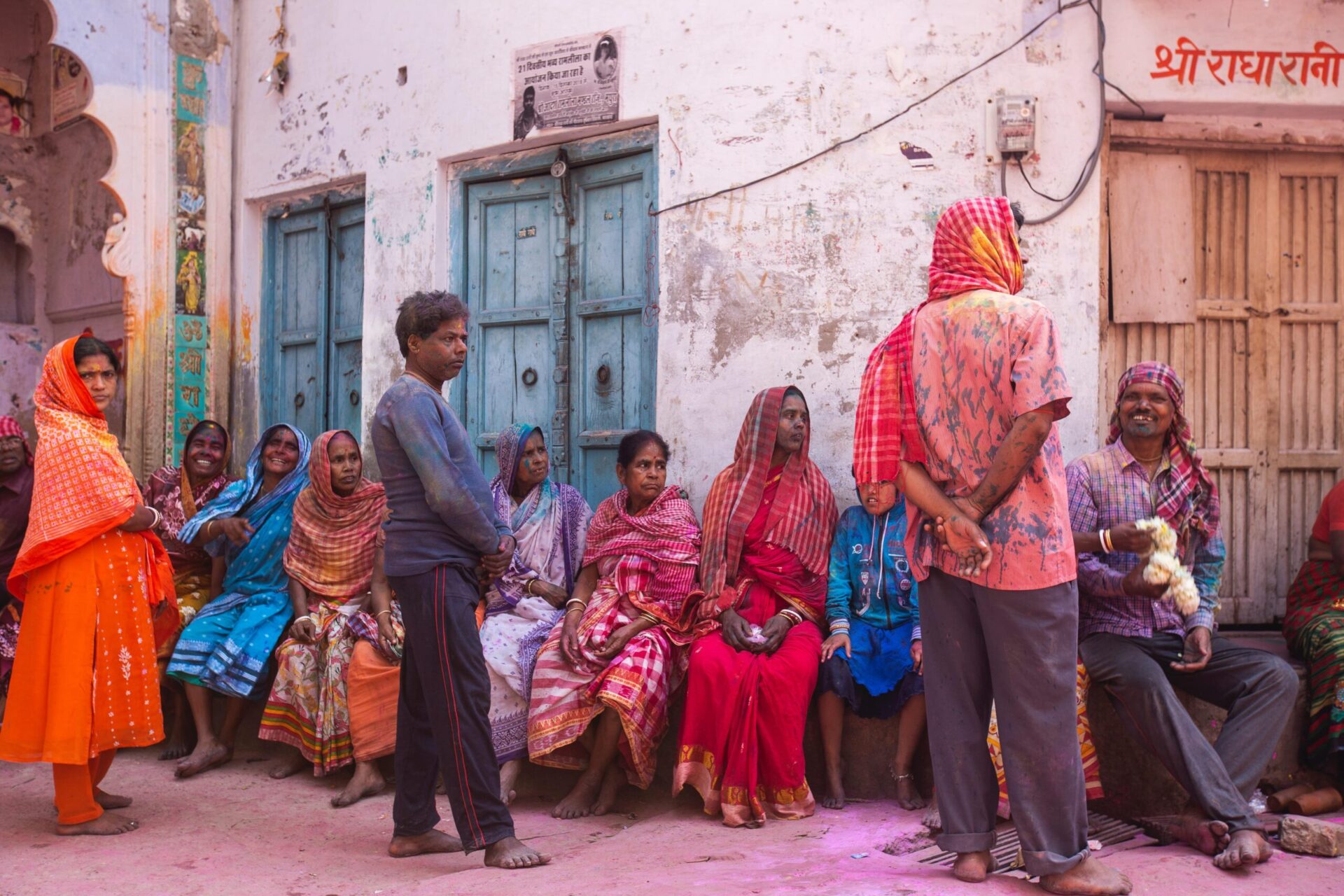
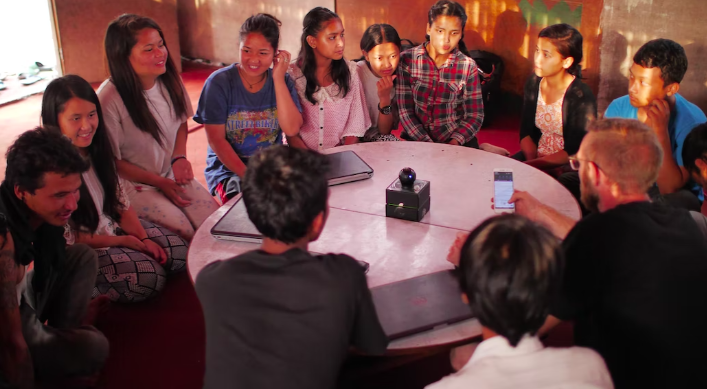
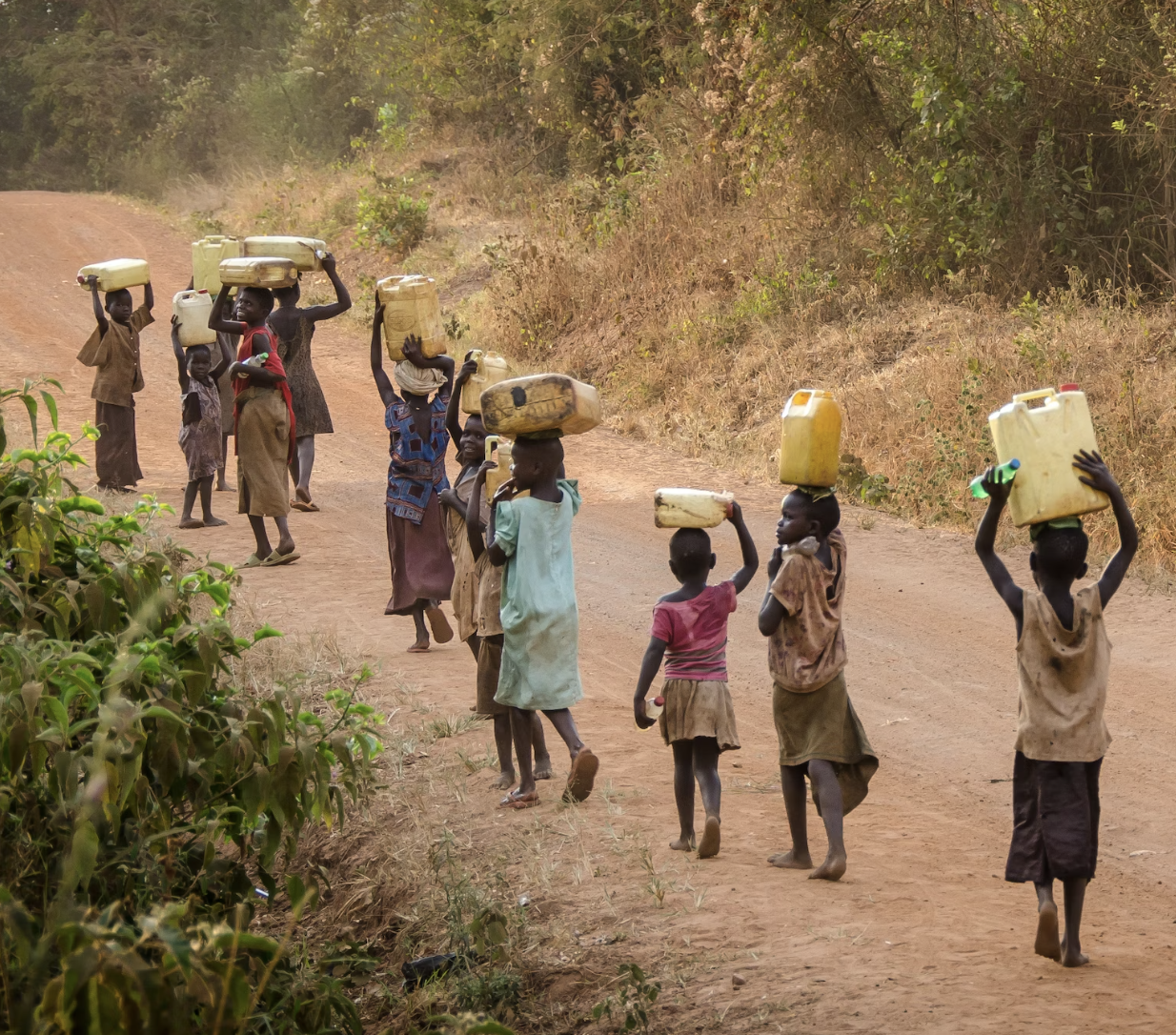
(0) Comments
There is no content